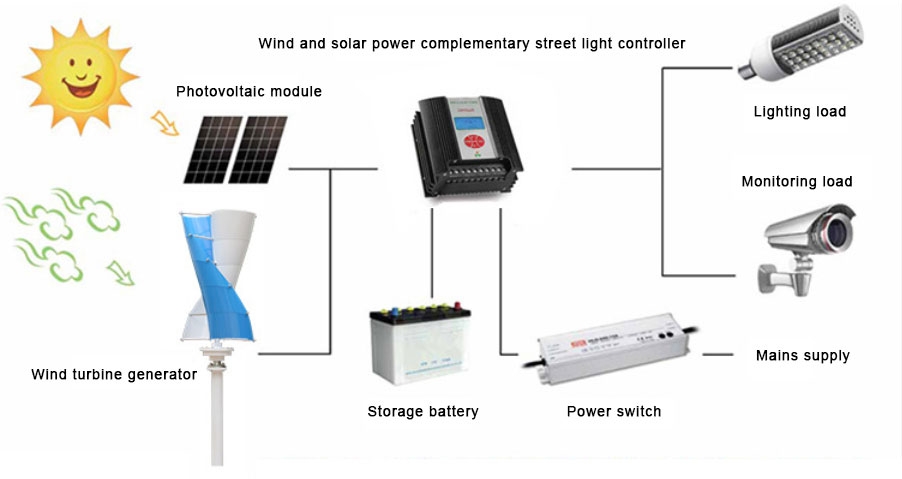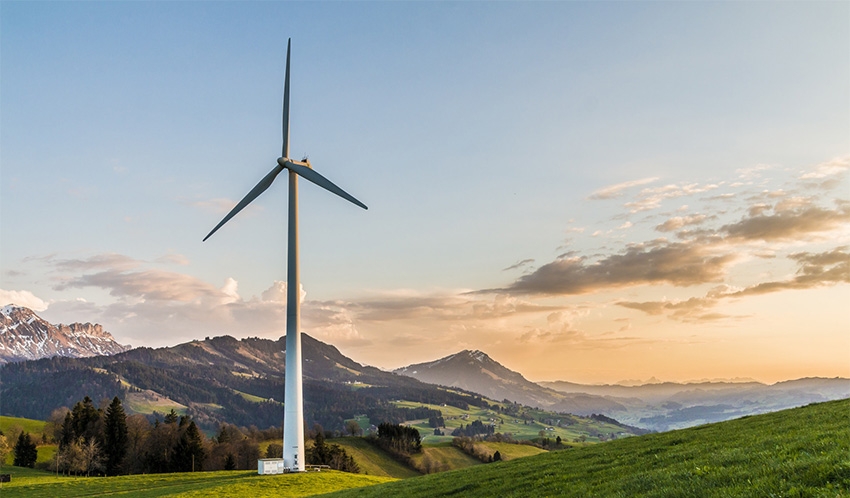Wind turbines are crucial facilities for generating renewable energy. Proper cleaning and maintenance are essential for ensuring their stable operation and extending their lifespan. However, cleaning wind turbines involves high-altitude work, the use of chemicals, and other aspects that pose significant safety risks. Therefore, establishing and adhering to a comprehensive set of safety precautions and operational procedures is vital for the smooth execution of wind turbine cleaning tasks. Today, Inverter.com will discuss wind turbine cleaning safety precautions, hoping to be helpful to you.
Why clean wind turbines?
During the operation of wind turbines, critical components such as blades, towers, gearboxes, and generators continuously accumulate dust, grease, sand, and other impurities. These contaminants not only affect the performance of wind turbines and reduce their power generation efficiency but can also lead to equipment failures and safety hazards. Therefore, regularly cleaning wind turbines to remove these impurities is a necessary measure to ensure their normal operation and extend their service life.

What preparations before cleaning a wind turbine?
1. Develop a Cleaning Plan: Create a detailed cleaning plan based on the actual conditions of the wind turbine and cleaning requirements. The plan should include the cleaning schedule, personnel involved, cleaning tools and equipment, and the use of chemicals.
2. Personnel Training: Provide professional training to the personnel involved in the cleaning work to ensure they understand the safety precautions and operational procedures during the cleaning process. The training should cover the use of personal protective equipment, safe use of chemicals, and knowledge of high-altitude safety.
3. Inspect Cleaning Tools and Equipment: Check and maintain the cleaning tools and equipment to ensure they are in good working condition. Special attention must be given to high-altitude work equipment, such as cranes and safety harnesses, which must undergo a rigorous inspection to ensure their safety and reliability.
What are the safety precautions for wind turbine cleaning?
- Use of Personal Protective Equipment (PPE): Personnel involved in the cleaning process must wear complete personal protective equipment, including hard hats, goggles, gloves, and protective clothing. This equipment effectively protects workers from potential injuries.
- Safe Use of Chemicals: Various chemicals, such as cleaners and rust removers, may be needed during the cleaning process. These chemicals must be used at specified concentrations and ratios, following relevant safety procedures. Additionally, ensure that chemicals are stored safely and kept away from flammable materials.
- High-Altitude Work Safety: Cleaning wind turbines involves high-altitude work, so strict adherence to high-altitude safety regulations is essential. Before starting the work, inspect and maintain high-altitude work equipment to ensure it is safe and reliable. During the work, wear safety harnesses and follow relevant operational procedures and safety standards.
- Preventing Electrical Injuries: Wind turbines, whether they are horizontal axis wind turbines or vertical axis wind turbines, contain numerous electrical components, so it is crucial to prevent electrical injuries. During cleaning, avoid contact with exposed wires and electrical equipment, and ensure that relevant power sources are turned off before cleaning.
- Preventing Mechanical Injuries: Wind turbine blades, gearboxes, and other components may rotate or move at high speeds during operation, posing a risk of mechanical injuries. During cleaning, avoid contact with these components and ensure that related equipment is turned off before starting the work.
What are the post-cleaning safety precautions for wind turbines?
1. Inspect Cleaning Effectiveness: After cleaning, inspect the effectiveness of the cleaning. Check whether key components such as blades, towers, and gearboxes are thoroughly cleaned and free of residues.
2. Equipment Restoration: After cleaning, restore and debug the wind turbine. Ensure all equipment returns to normal working conditions and perform necessary tests and adjustments.
3. Waste Disposal: Properly dispose of waste and chemical residues generated during the cleaning process. Follow relevant environmental regulations to prevent environmental pollution.
Choosing eco-friendly alternatives
To reduce the impact of chemicals on the environment and human health, opt for eco-friendly alternatives to traditional cleaners whenever possible. These alternatives typically have lower toxicity and better biodegradability, reducing environmental pollution. When selecting alternatives, carefully consider their performance and effectiveness to ensure they meet the cleaning requirements of wind turbines.
Continuous monitoring and inspection
To ensure the long-term stable operation of wind turbines, continuous monitoring and inspection are necessary. This includes regular checks on cleaning effectiveness, monitoring the operational status of the equipment, and evaluating safety measures. Through continuous monitoring and inspection, potential issues can be identified and addressed promptly, ensuring the safe operation of wind turbines and extending their service life.

In summary, cleaning wind turbines is a complex yet crucial task. By developing and following comprehensive safety precautions and operational procedures, the cleaning work can proceed smoothly, ensuring personnel safety. Additionally, choosing eco-friendly alternatives and continuous monitoring and inspection are important measures to ensure the long-term stable operation of wind turbines. For more information or assistance, please feel free to contact us.
